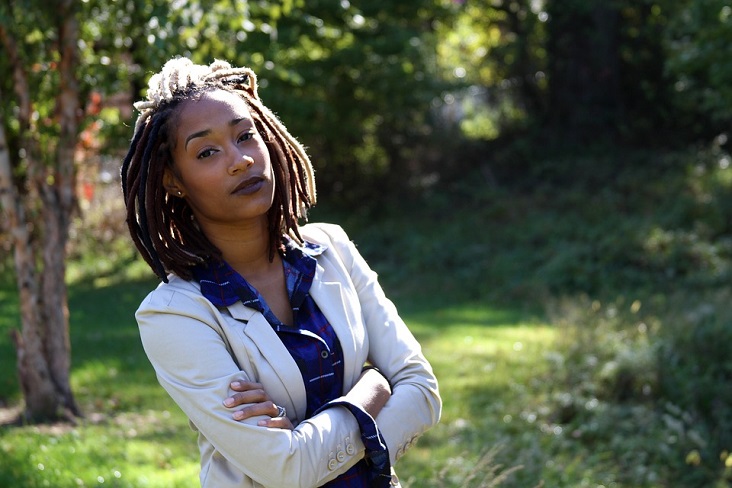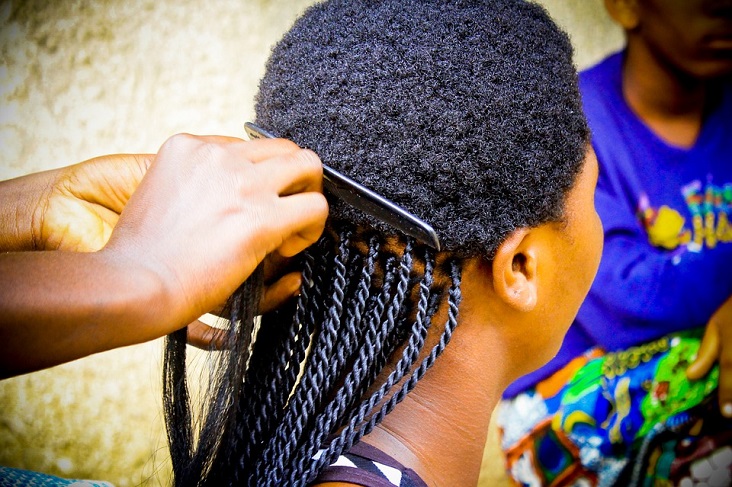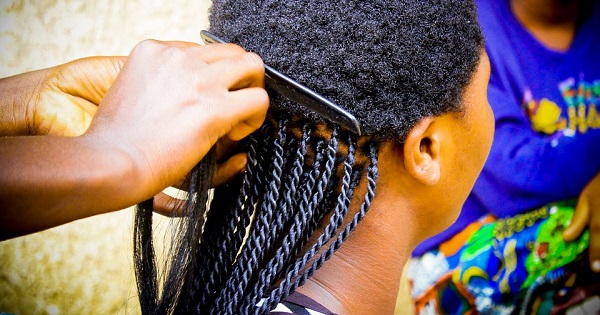The cosmetology field is growing and changing rapidly leading to the development of specialty hair careers like hair braiding. Hair braiding involves twisting, pulling, shaping and braiding hair into many small braids all over the head. This process is particularly popular amounts African-Americans and immigrants from countries like Africa. The majority of hair braiders used to be of this group and prior to it being a part of cosmetology school, hair braiding was passed down within families.
Now, braids can be twisted into elaborate designs, including beads, ponytails, and curled styles. While some still go for the classic straight braid look, many more customers what their braids to reflect their sense of style. Some states also include the “loctician” job titles in a hair braider’s job descriptions. Locticians now how to roll, care for, and style dreadlocks. For many hair braiders this is a natural complement to their training.

Job Outlook
Although hair braiding is a fairly new field in the cosmetology world, it has still experienced exponential growth in recent years. As hair braiding services have become more mainstream, the future demand for hair braiders is expected to grow. With more diversity every year in the United States, the need for experience is this sector of cosmetology is increasing.
Make it Happen
Education
You state’s requirements for this new trend will determine what route you take to become a hair braider. In states that don’t require licensure, you may be able to get by with learning under an experienced hair braider. But most braiders prefer to go to a cosmetology school and specialize in braiding. This will make finding a job easier and will help you be more successful with clients. Education requirements vary from state to state, depending on licensing requirements. But a good place to start is a beauty school that is approved to teach hair braiding.
Licensing
Since hair braiding is so new on the scene, there is some discrepancies between states about licensing agreements. Some states specifically address hair braiding (Texas has a license that required 35 hours of education), other states lump it into a cosmetology license, and some don’t even address it at all. But as hair braiding becomes more popular, states have begun to address the issue of licensure. Be sure to check with your state’s board of cosmetology to see what the requirements are in your specific state.

Skills & Attributes
Creativity
Some clients will have their own ideas of their braid preferences, but some will turn to their stylist for their ideas. You need to be able to carry out complicated designs, mix and match styles, and come up with braid patterns that are us unique as your customers.
Fine Motor Skills
Hair braiding is very intricate work that requires fast, steady handwork. Having dexterity and patients will help you fly through a full head of braids.
Stamina
It can take several hours to do new braids for an entire head of hair, you should be able to stand for long periods of time. Investing in a good pair of shoes will definitely be a smart choice.
Communication Skills
You should be able to communicate effectively to clients to understand the type of braids that they want. As mentioned, new braids can take several hours. So being able to talk to your customers and make them feel at ease, will go a long way.
Organization
Being able to manage your time so that customers aren’t kept waiting is extremely important. You’ll need to learn how to estimate how long certain services will take so that you can book appointments accordingly.
Sales Skills
Being able to market yourself as a hair braider is an extremely important part of the job. Having great sales skills to sell additional hair products or your services, will help you get those repeat customers you want.

Tips & Tools
Check out some of the basic types of braids that you may come across as a professional hair braider.
- Box Braid: A three-strand twist, basic braid.
- Cornrow: Created flat along the scalp.
- Micro Braids: Tiny braids covering the whole head.



